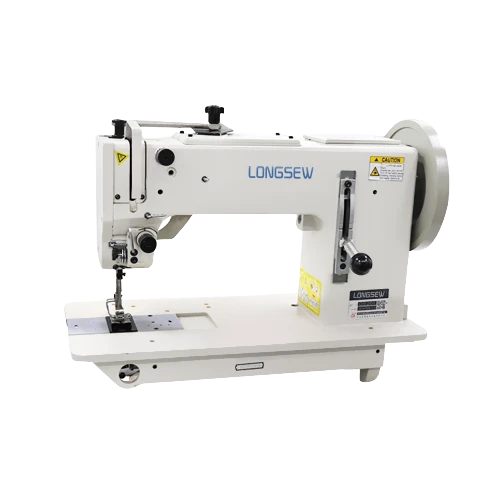Understanding Different Types of Stitching Needles for Your Sewing Projects
Understanding Stitching Needle Types A Comprehensive Guide
Stitching needles are essential tools in the realm of sewing and embroidery, playing a crucial role in determining the quality and efficiency of the entire stitching process. With a diverse range of needle types available, each designed for specific tasks, it is important for crafters and seamstresses to understand the differences and applications of various needles. This article explores the most common types of stitching needles and their characteristics.
1. Universal Needles
Universal needles are a staple in any sewing kit, as they are versatile and can handle a variety of fabrics, including woven, knit, and stretch materials. Typically featuring a slightly rounded point, these needles can effectively penetrate different fabric types without causing damage. Universal needles are typically available in various sizes, allowing users to select the appropriate gauge based on the fabric thickness and project requirements.
2. Ballpoint Needles
Ballpoint needles are specifically designed for sewing knit fabrics and jersey materials. The rounded tip of the needle allows it to slide between fibers rather than puncturing them, which prevents fabric snags and runs. This makes ballpoint needles an ideal choice for sewing items such as t-shirts, leggings, and other stretch garments. Like universal needles, ballpoint needles come in different sizes to cater to various fabric weights.
Sharps needles, as their name suggests, have a slender design and a sharp point that allows them to penetrate tightly woven fabrics, such as silk, microfiber, and fine cotton. These needles are particularly useful for delicate fabrics that require precision stitching without causing damage. They are also ideal for sewing intricate patterns and detailed projects, making them indispensable for quilters and detailed embroidery work.
stitching needle types

4. Denim/Jeans Needles
When working with heavy fabrics like denim, canvas, or multiple layers, denim or jeans needles are essential. These needles feature a thick shaft and a strong, sharp point designed to penetrate heavy fabric without bending or breaking. They are typically used for sewing jeans, jackets, and other heavyweight items, ensuring durability and strength in the seams.
5. Embroidery Needles
Embroidery needles are designed with a larger eye to accommodate thicker embroidery threads and prevent them from fraying. They also possess a specially shaped point that helps navigate through fabric without damaging the fibers. These needles come in various sizes, making them suitable for both hand and machine embroidery projects, allowing for intricate designs and patterns.
6. Twin and Triple Needles
For those looking to add decorative stitching or finish hems quickly, twin and triple needles are excellent options. These needles consist of two or three needles mounted on a single shaft, allowing for multiple parallel rows of stitching. They are perfect for creating pintucks, decorative hems, or adding embellishments, providing a unique flair to sewing projects.
Conclusion
Selecting the right stitching needle can significantly impact the outcome of sewing projects. By understanding the various types of needles available and their unique characteristics, sewists can enhance their sewing experience, improve fabric handling, and achieve professional-looking results. Whether you're a novice or an experienced crafter, investing in the appropriate needle types for your specific projects will undoubtedly elevate your stitching skills and satisfaction. Remember, the right tool truly makes all the difference in the art of sewing!
-
Boost Production Efficiency with a Pattern Sewing MachineNewsAug.29,2025
-
Industrial Excellence with the Best Heavy Duty Sewing MachineNewsAug.29,2025
-
Precision and Power with the Best Pattern Sewing MachineNewsAug.29,2025
-
Reliable Bulk Packaging Starts With the Right FIBC Sewing MachineNewsAug.29,2025
-
Advanced Packaging Solutions: Elevate Productivity with Jumbo Bag Sewing Machine and Industrial Stitching EquipmentNewsAug.29,2025
-
High-Performance Solutions for Bulk Packaging: FIBC Sewing Machine and MoreNewsAug.29,2025
-
Maximize Efficiency with an Industrial Cylinder Arm Sewing MachineNewsAug.28,2025


























